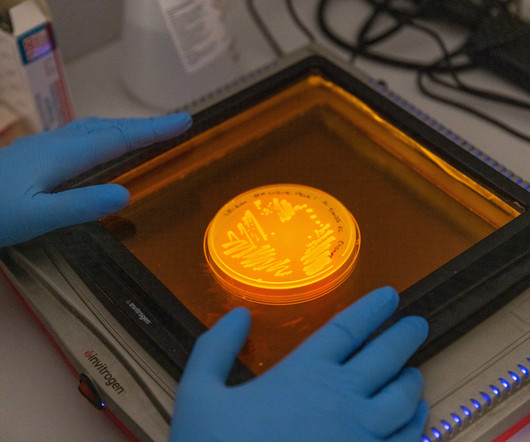Imaging the invisible: how can research software and imaging techniques help scientists study the things we can’t see?
Futurum
NOVEMBER 1, 2022
Scientific simulations — an advanced type of computational model that not only represents a real-world phenomenon, but aims to predict how the phenomenon might change under different conditions or parameters. Software — a set of instructions, scripts or programmes that are used to operate computers and perform specific tasks.











Let's personalize your content